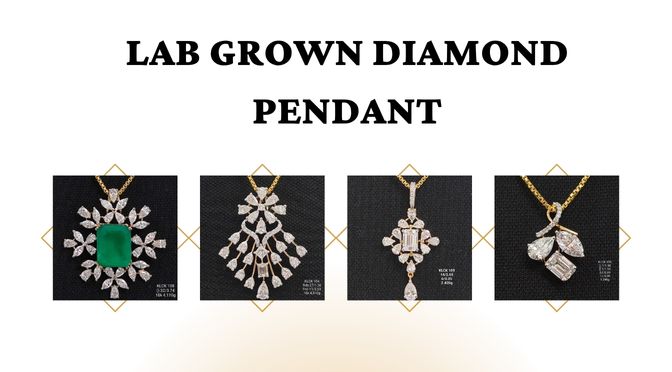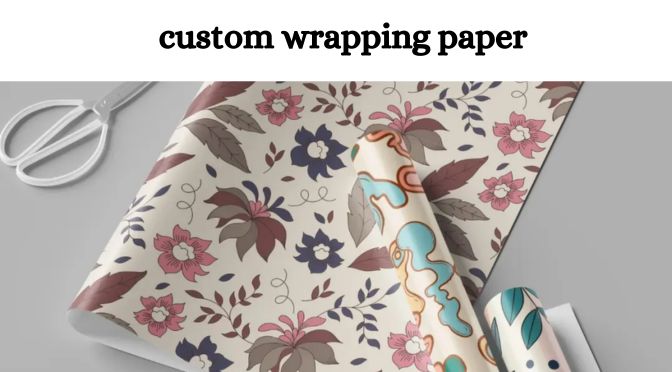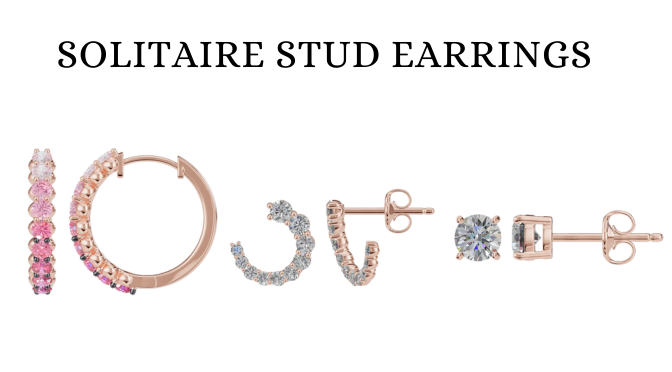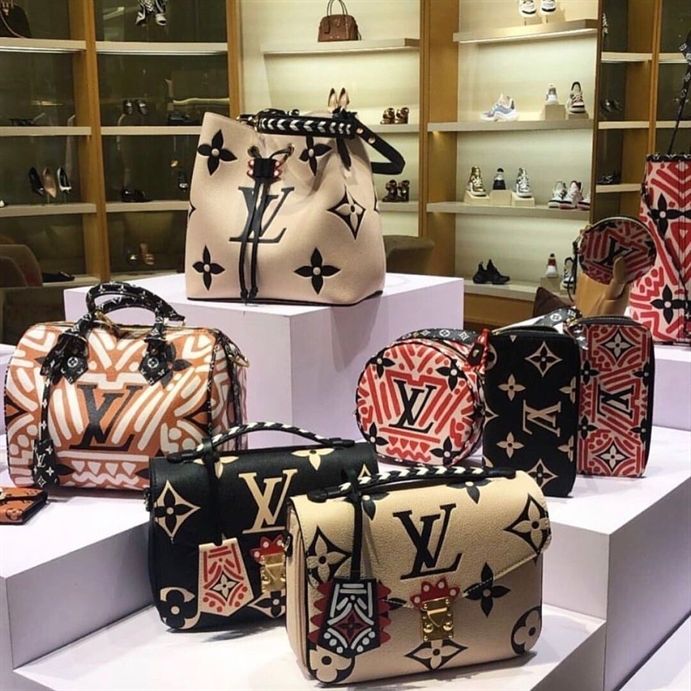In a world that’s becoming increasingly eco-conscious, fine jewelry is evolving to match the values of modern buyers. More people now seek beauty without compromise — stunning designs that don’t harm the planet. This is where the lab grown diamond pendant steps in, offering an ethical, sustainable, and equally dazzling alternative to mined diamonds.
By 2025, these gems aren’t just a niche choice; they’re shaping the future of luxury jewelry. Let’s explore why they’re transforming the way we think about sparkle and sustainability.
The Rise of Conscious Jewelry Buyers
In the past, most people purchased diamonds without questioning their origin. Today’s buyers are different. They ask: Where did this come from? Was it mined ethically?
Lab-grown diamonds meet these concerns head-on:
- Conflict-free origins – No link to unethical mining practices.
- Lower carbon footprint – Made in controlled environments.
- Price transparency – More affordable than mined counterparts.
This shift in mindset is pushing the jewelry industry toward more responsible practices.
What Exactly Is a Lab Grown Diamond?
A lab-grown diamond is not a “fake” diamond. It’s chemically, physically, and optically identical to one formed beneath the earth over billions of years — only it’s created in a high-tech lab in weeks.
Two main methods are used:
- HPHT (High Pressure High Temperature) – Mimics natural conditions deep underground.
- CVD (Chemical Vapor Deposition) – Uses carbon-rich gas to grow diamonds layer by layer.
The result? A stone so perfect that even professional gemologists need special equipment to tell it apart from mined diamonds.
Why a Lab Grown Diamond Pendant Is a Smart 2025 Choice
Jewelry is often a reflection of personal values. In 2025, style-conscious buyers aren’t just looking for beauty — they want to make mindful choices. A lab grown diamond pendant offers:
- Sustainability – No destructive mining.
- Affordability – Larger stones for the same budget.
- Design freedom – Greater variety of shapes and sizes available.
- Transparency – Guaranteed ethical sourcing.
For many, it’s the perfect marriage of luxury and responsibility.
Environmental Benefits That Can’t Be Ignored
Mining diamonds can involve moving tons of earth, consuming massive amounts of water, and disrupting ecosystems. Lab-grown diamonds change the equation:
- Up to 80% less water usage.
- Up to 60% lower carbon emissions.
- Zero habitat destruction.
When you wear one, you’re not just making a style statement — you’re making an environmental one.
Breaking the Stigma: Lab-Grown vs. Natural Diamonds
Some still cling to the belief that only mined diamonds are “real.” In reality, both types have the exact same composition. The difference lies in origin, not quality.
Even luxury brands are now adding lab-grown collections, signaling an industry-wide acceptance. The stigma? It’s fading fast.
Design Trends for Lab Grown Diamond Pendants in 2025
This year, designers are pushing boundaries with creative settings and modern styles:
- Minimalist Solitaires – Timeless elegance with clean lines.
- Halo Designs – Amplify sparkle with surrounding stones.
- Geometric Shapes – Triangles, hexagons, and asymmetrical cuts.
- Mixed Metals – Rose gold with platinum for contrast.
Because lab-grown stones are more affordable, buyers can experiment with bolder designs without breaking the bank.
Customizing Your Pendant for Personal Meaning
Jewelry with a story is always more treasured. Custom lab-grown pendants allow you to:
- Choose a diamond cut that matches your personality.
- Add engraving to the pendant’s setting.
- Incorporate symbolic design elements like birthstones or motifs.
This level of personalization turns a beautiful accessory into a meaningful keepsake.
How to Care for Your Pendant
Your lab-grown diamond is just as durable as a mined one — it scores a 10 on the Mohs hardness scale. To keep it looking its best:
- Clean with a soft brush, warm water, and mild soap.
- Store separately from other jewelry to avoid scratches.
- Have the setting checked annually to ensure security.
Why Jewelers Are Embracing This Shift
What was once considered a threat to traditional jewelers is now seen as an opportunity. Offering lab-grown options means:
- Attracting environmentally conscious buyers.
- Providing more accessible luxury for younger customers.
- Staying ahead of changing industry standards.
The Future Is Bright — and Ethical
As technology improves, lab-grown diamonds will become even more efficient to produce. This means even larger stones, greater clarity, and lower prices — without sacrificing ethics or beauty.
With major retailers, luxury houses, and independent designers embracing the change, the trend has officially crossed into the mainstream.
Final Thoughts
The lab grown diamond pendant represents more than just a jewelry choice — it’s a conscious decision to embrace beauty without compromise. In 2025 and beyond, this shift toward sustainable luxury isn’t a passing trend; it’s the future of fine jewelry. Whether gifted to a loved one or chosen for yourself, it reflects a balance of elegance, ethics, and forward-thinking style.
FAQs
What makes lab-grown diamonds more affordable than mined ones?
They require fewer resources and avoid the costs associated with large-scale mining operations.
Can a jeweler tell the difference between a mined and lab-grown diamond?
Only with specialized equipment; visually, they’re identical.
Do lab-grown diamonds hold their value over time?
While resale markets are evolving, their primary value lies in beauty, ethics, and affordability.
Are lab-grown diamonds considered “synthetic”?
The term “synthetic” is misleading — they’re real diamonds, just grown in a lab.
Can lab-grown diamonds be certified?
Yes, reputable labs like IGI and GIA provide grading reports for them.
Do lab-grown diamonds come in different colors?
Absolutely — they can be grown in white, pink, yellow, blue, and more.
How long does it take to grow a diamond in a lab?
Typically between 2–6 weeks, depending on the size and method.
Are lab-grown diamonds as durable as mined ones?
Yes, they have the same hardness and durability as natural diamonds.
Do lab-grown diamonds require special care?
No, care is the same as for mined diamonds — regular cleaning and safe storage.
Is buying a lab-grown diamond better for the environment?
Yes, because they significantly reduce environmental damage compared to mining.




